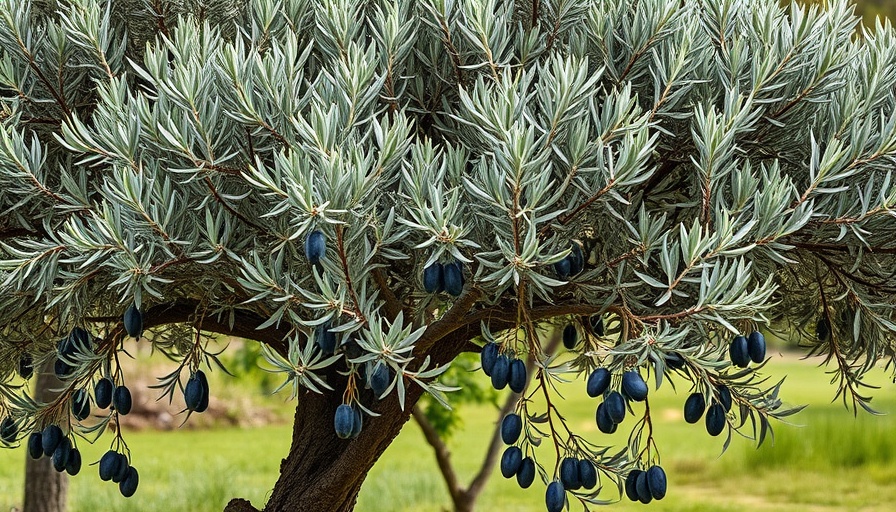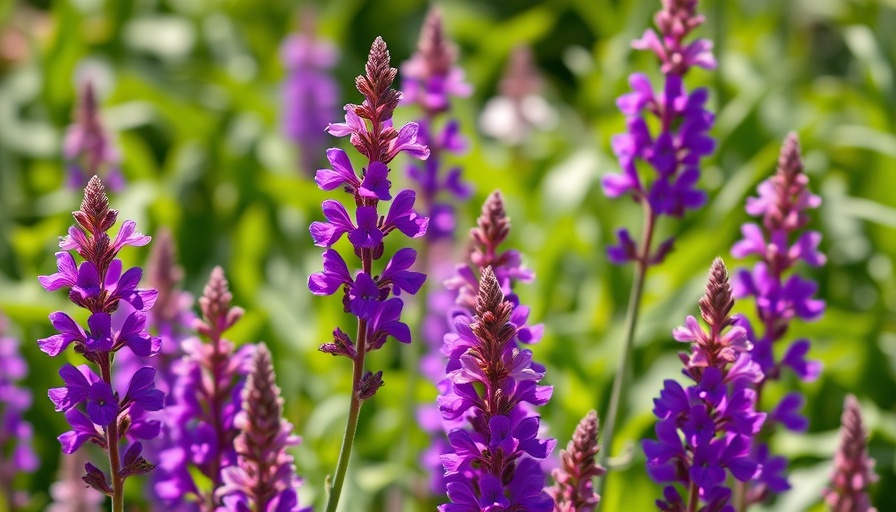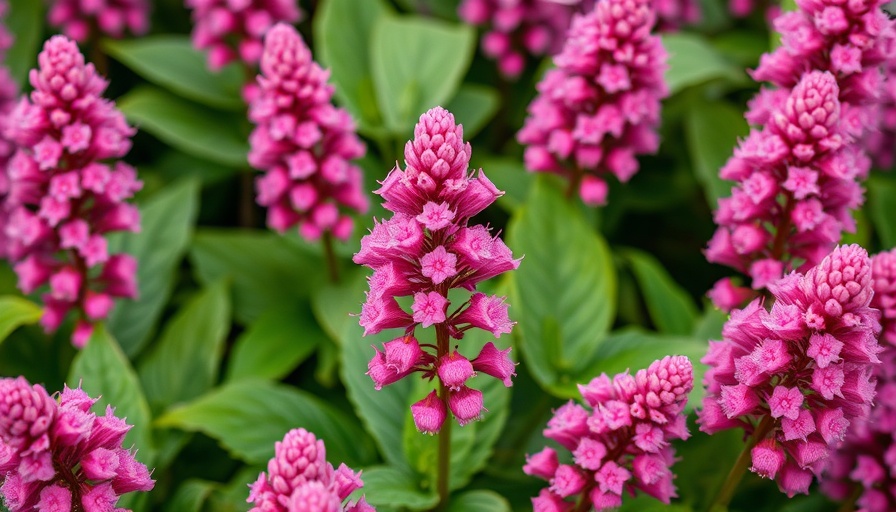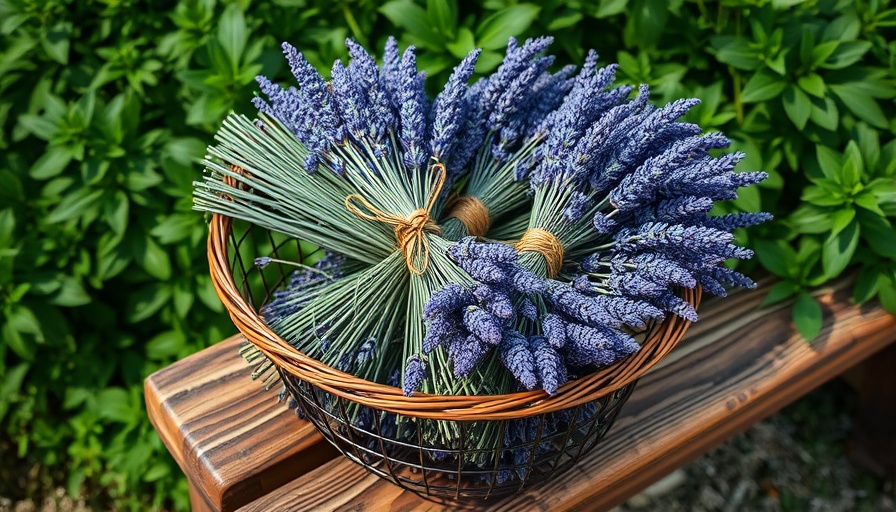
Cultivating a Controversial Beauty: The Russian Olive
Russian olive trees (Elaeagnus angustifolia) are stunning yet polarizing additions to outdoor spaces. These shrubs, which can also be pruned into small tree forms, offer striking aesthetics coupled with a strong, sweet fragrance that makes them memorable. However, their classification as an invasive species in many regions has led to a debate about their value. In this article, we will explore how to grow and care for these captivating plants while considering the ecological and aesthetic implications.
Rich History and Origins
Originally native to Western Asia and Eastern Europe, Russian olives have made their way to gardens around the world, cherished for their beautiful silvery leaves and fragrant flowers. Known for their resilience, these plants thrive in a variety of soil types and have a high tolerance for drought, making them suitable for many landscaping ideas across climates.
The Allure: What Makes Russian Olives Special?
In spring, creamy yellow flowers bloom in clusters along the branches, filling the air with an irresistible scent. The flowers' aroma, a blend of honey, wood, jasmine, and hints of citrus, can be detected from great distances, making them a delightful feature in any garden.
Despite their beauty, the Russian olive's thorns can deter livestock and create natural barriers, adding a practical element to their ornamental purpose. The foliage, with its unique texture and shimmering appearance in sunlight, provides intriguing visual dynamics for garden design.
Growing Russian Olives: Your Essential Guide
Growing Russian olives successfully requires some understanding of their needs:
- Location: They prefer full sun and can tolerate various soil types, though well-draining soil is ideal.
- Watering: Drought-resistant, these trees require less frequent watering once established but should be watered regularly during their early growth phase.
- Pruning: Regular pruning helps manage their size and encourages more floral blooms, enhancing their aesthetic appeal.
Maintenance Tips for Optimal Health
To maintain the health of your Russian olives, consider these tips:
- Pest and Disease Management: While generally hardy, these plants can be susceptible to specific pests and diseases. Regular checks and appropriate organic pest management can help maintain their health.
- Fertilization: Employing organic fertilizers can promote growth and improve blooming. A balanced fertilizer in early spring will help support their development.
- Companion Planting: The Russian olive's ability to fix nitrogen in the soil can benefit nearby plants, making them a valuable addition to polyculture gardens.
Understanding the Environmental Impact
While many gardeners love Russian olives, it is important to understand their potential for invasiveness. In many regions, they can outcompete local flora, leading to reduced biodiversity. Engaging with local conservation efforts and considering the native plant communities in your area is crucial for responsible gardening.
Sustainable Practices for Caring for Russian Olives
If you choose to plant Russian olives, consider sustainable gardening practices. Composting organic matter and minimizing water waste through efficient garden irrigation techniques not only supports the health of your Russian olives but contributes positively to your overall ecosystem.
Conclusion: To Plant or Not to Plant
Ultimately, growing Russian olives can be a rewarding experience, full of fragrant blooms and visual interest. However, understanding their ecological impact is equally important. If your community allows for these majestic shrubs, consider enjoying the beauty they offer while remaining vigilant about their growth and management.
Whether you're interested in enhancing your garden design or seeking new landscaping ideas, Russian olives can provide a unique touch if cared for responsibly.
 Add Row
Add Row  Add
Add 




Write A Comment